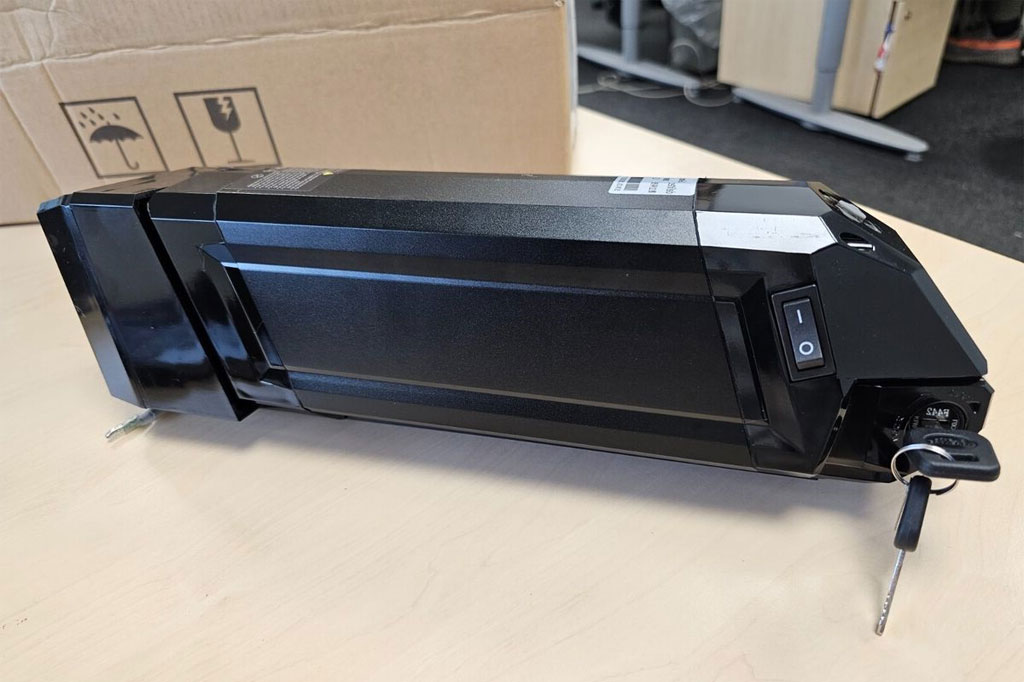As the eBike industry continues to expand, manufacturers are facing increasing demands for better performance, durability, and safety, particularly when it comes to battery enclosures.
These enclosures must protect batteries from external elements while also ensuring efficient heat dissipation to optimize performance.
Recent innovations in sheet metal fabrication are transforming how eBike battery enclosures are designed, helping manufacturers meet these challenges with greater precision and efficiency.
The Importance of Heat Management in eBike Battery Design
Lithium-ion batteries, commonly used in eBikes, generate significant amounts of heat during operation, particularly when under heavy load or during extended use.
Poor heat management can lead to performance degradation, reduce battery life, or even pose safety risks. Maintaining optimal eBike performance and extending battery life both depend on effective heat management.
The role of the battery enclosure is more than just protection; it needs to help regulate temperature and dissipate heat effectively. Sheet metal fabrication has been essential in this regard, allowing manufacturers to create custom designs that improve heat dissipation while maintaining structural integrity.

Key Innovations in Sheet Metal Fabrication for eBike Battery Enclosures
The latest innovations in sheet metal fabrication are helping eBike manufacturers develop battery enclosures that address both thermal and performance concerns.
1. Advanced Cooling Features
The incorporation of cooling features within the battery enclosure is a noteworthy advance in sheet metal production. Sheet metal designs can now incorporate ventilation holes, perforations, or cooling fins that allow for better airflow around the battery.
By facilitating better heat dissipation, these characteristics lower the possibility of overheating and guarantee that the battery runs within ideal temperature ranges.
Additionally, heat sinks can be integrated directly into the enclosure’s structure, helping to channel heat away from critical components. This design approach improves thermal management without requiring active cooling systems, which adds weight and complexity.
2. Enhanced Material Selection
Enhancing heat dissipation greatly depends on the material selection. Aluminum’s superior heat conductivity and lightweight nature make it a popular choice for e-bike battery housing. Aluminum helps transfer heat away from the battery, reducing internal temperatures and maintaining battery performance over long rides.
Additionally, manufacturers are investigating the use of alloys and composite materials that combine the advantages of enhanced heat dissipation, strength, and resistance to corrosion. These materials allow for thinner and lighter enclosures while maintaining the necessary protective qualities.
3. Precision Manufacturing for Custom Designs
Using sheet metal forming techniques like metal bending and metal laser cutting, producers may make extremely precise enclosures that are specifically designed to meet the requirements of eBike batteries. This precision ensures that every part of the enclosure fits perfectly around the battery, optimizing airflow and ensuring that the cooling features function as intended.
Furthermore, laser welding technologies are being used to create seamless enclosures, which improve structural integrity and enhance protection against dust, water, and other environmental elements. This results in enclosures that are both durable and capable of maintaining optimal thermal performance in a variety of conditions.
4. Modular and Flexible Enclosure Designs
As eBike designs evolve, manufacturers are moving toward modular battery enclosures that offer flexibility for upgrades and replacements. These modular designs, enabled by advanced sheet metal fabrication, allow for easy swapping of batteries or integration of new battery technologies without requiring a complete redesign of the enclosure.
This flexibility ensures that manufacturers can accommodate various battery sizes and configurations while still maintaining high-performance standards. The ability to produce custom-sized enclosures with minimal lead time also helps manufacturers respond quickly to changing consumer demands and emerging battery technologies.
Challenges in Heat Dissipation for eBike Battery Enclosures
Even though eBike battery enclosure thermal management has significantly improved, there are still issues. Balancing the demand for lightweight materials with the durability and thermal conductivity necessary for efficient heat dissipation is one of the main problems.
For example, while aluminum is lightweight and thermally efficient, it may not always provide the same level of protection as heavier materials like steel.
Manufacturers must also address potential environmental impacts. While perforations and ventilation holes help with cooling, they may expose batteries to moisture and debris, which can affect performance. To mitigate these risks, manufacturers are developing coatings and protective finishes that provide additional layers of defense without compromising thermal performance.
Future Trends in eBike Battery Enclosures
Looking ahead, innovations in sheet metal manufacturing will continue to evolve, focusing on even better heat management technologies and sustainability. Smart cooling systems, which incorporate temperature sensors and automated thermal regulation, may become more commonplace as battery technology advances.
Additionally, in an effort to lessen the environmental impact of eBike production, manufacturers would probably look into recyclable components and sustainable materials. The integration of active cooling systems that use fans or fluid dynamics is another area of potential development, especially for high-performance eBikes that generate more heat. However, these systems must be carefully balanced with weight and energy efficiency considerations.
